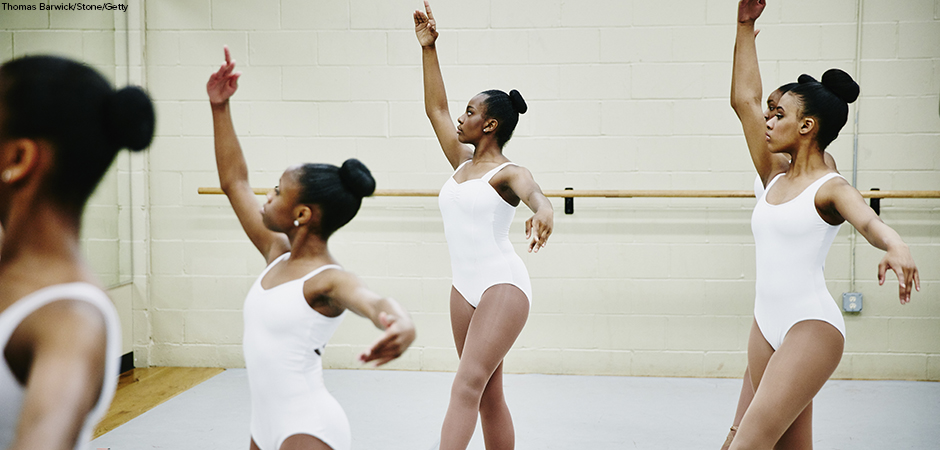
Every year since 1995, the sitting president of the United States has proclaimed the month of March as Women’s History Month. The National Women’s History Alliance chooses the annual theme. The 2024 theme is “Women Who Advocate for Equity, Diversity and Inclusion.” Women who have taken the lead to work for these values are honored and celebrated. This week’s btw looks at the contributions of Misty Copeland. She became the first African American female principal dancer with the American Ballet Theatre in 2015.
Who Is Misty Copeland?
Misty Copeland was one of six children living on public assistance with their single mother in southern California. Copeland’s family moved frequently, and they couldn’t afford to pay for organized sports or dance classes. But the children watched their mom dance around the house and even created dance routines for them. Copeland’s older sister was on the drill team in middle school and high school. Copeland decided to also audition for the drill team when she was in middle school. One of her middle school teachers saw potential in her and encouraged her to take a dance class. At 13 years old, she signed up for a free ballet class at the Boys & Girls Club.
Copeland knew immediately that she wanted to become a professional dancer, but she faced many obstacles. The age of 13 is considered very late to begin ballet for a serious dance career. Copeland was an African American girl in a field that was dominated by white dancers. Even so, she decided that she had to be a dancer. The ballet teacher from the Boys & Girls Club saw that Copeland was very gifted. She offered Copeland lessons at her own dance company, the San Pedro City Ballet.

Rise to the Top
At 15 years old, Copeland won first prize in the ballet category of the Los Angeles Music Center Spotlight Awards. She then earned full scholarships to the San Francisco Ballet School and the American Ballet Theatre’s summer program. She joined the American Ballet Theatre in April 2001, then became only its second African American female solo dancer in 2007. Copeland was promoted to principal dancer in 2015, the first African American woman to hold that position in the company’s 75-year history. That same year, she was named one of TIME magazine’s 100 Most Influential People.
When she was learning, Copeland remembers being told often that she was too short to succeed in ballet. (She’s five feet two inches tall.) Negative comments were discouraging; however, Copeland believed in herself and kept working to get to where she wanted. She credits her patience, consistency, strength, and personal growth in helping her reach the top of her field. She was also fortunate to have mentors who supported and guided her.
A Legacy of Diversity
Copeland is a strong supporter for diversity in ballet. She established the Misty Copeland Foundation in 2022. The non-profit organization is dedicated to bringing “greater diversity, equity, and inclusion to dance, especially ballet.” The foundation’s free after-school program offers classes in introductory ballet, health and wellness, and music for ballet.
Copeland has written a half dozen books, including her 2014 memoir Life in Motion: An Unlikely Ballerina and her 2022 memoir The Wind at My Back, in addition to the children’s books, Firebird and Bunheads.
